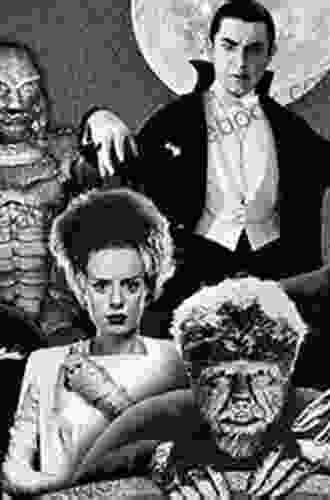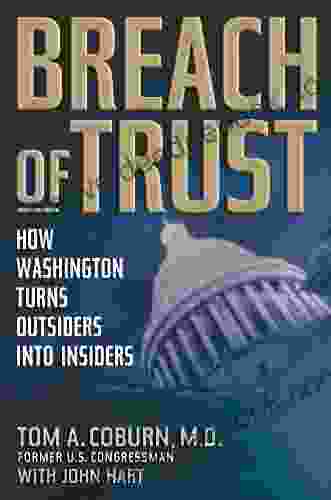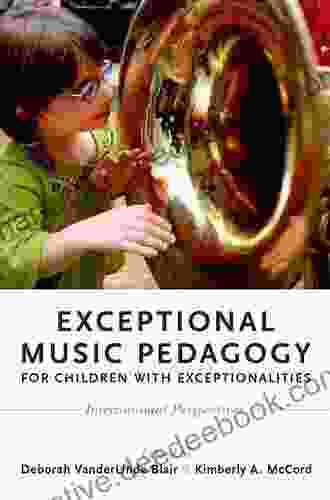The Monster and the Crowd: A Tale of Fear, Prejudice, and Acceptance

Shelley’s iconic tale of a brilliant but misguided scientist who creates a monstrous creature, Victor Frankenstein, explores the themes of scientific hubris, societal prejudice, and the nature of good and evil. Dickinson’s enigmatic poem, on the other hand, delves into the psychology of the crowd, examining how fear and ignorance can lead to mob violence.
Through a comparative analysis of these two works, one can gain a profound understanding of the ways in which fear, prejudice, and acceptance shape the human experience.
Fear and the Creation of the MonsterAt the heart of both “Frankenstein” and “The Mob” lies a primal fear of the unknown. In “Frankenstein,” Victor Frankenstein’s misguided attempts to create life lead to the birth of a creature that is both physically and emotionally grotesque. This creature, shunned and feared by society, becomes an outcast destined for a life of isolation and despair.
5 out of 5
| Language | : | English |
| File size | : | 774 KB |
| Text-to-Speech | : | Enabled |
| Screen Reader | : | Supported |
| Enhanced typesetting | : | Enabled |
| Word Wise | : | Enabled |
| Print length | : | 215 pages |
Similarly, in “The Mob,” the speaker expresses a sense of fear and unease towards a growing crowd. The speaker describes the crowd as a “phantom” that “grows” and “swims” through the streets, its movements and intentions shrouded in mystery. This sense of fear stems from the mob’s unpredictable nature and its potential for violence.
Prejudice and the Marginalization of the OtherFear often breeds prejudice, and both “Frankenstein” and “The Mob” explore the devastating effects of prejudice on individuals who are different. In “Frankenstein,” the creature is subjected to relentless discrimination and violence due to his hideous appearance. Despite his attempts to find acceptance and companionship, he is met with nothing but rejection and hatred. This prejudice ultimately drives him to seek revenge against his creator and the society that has wronged him.
In “The Mob,” the speaker witnesses the destructive power of prejudice firsthand as the crowd turns against an individual who is perceived as different. The speaker describes how the crowd’s “eyes” are “full of hate” and their “tongues” are “sharp” with malicious intent. This prejudice leads to a violent attack on the individual, demonstrating the devastating consequences of intolerance and groupthink.
Acceptance and the Power of UnderstandingIn contrast to the fear and prejudice that dominate much of “Frankenstein” and “The Mob,” both works also offer glimpses of hope and acceptance. In “Frankenstein,” Safie, a young woman who befriends the creature, recognizes his inherent goodness and compassion. Despite her initial fear, she chooses to look beyond his physical appearance and see the beauty within him. Her acceptance offers a glimmer of hope that prejudice can be overcome through understanding and empathy.
Similarly, in “The Mob,” the speaker eventually comes to a realization that the crowd’s violence is ultimately self-destructive. The speaker recognizes that the mob is driven by a collective fear and ignorance that can only be overcome through enlightenment and dialogue. This realization suggests that even in the face of adversity, there is always the potential for acceptance and understanding.
Mary Shelley’s “Frankenstein” and Emily Dickinson’s “The Mob” offer a profound exploration of the complex and often terrifying relationship between the individual and the masses. Through their examination of fear, prejudice, and acceptance, these works provide valuable insights into the human condition. By recognizing the destructive power of prejudice and the transformative potential of acceptance, we can strive to create a more just and equitable world.
References
- Shelley, M. (1818). Frankenstein; or, The Modern Prometheus. London: Lackington, Hughes, Harding, Mavor & Jones.
- Dickinson, E. (1896). The Poems of Emily Dickinson. Boston: Little, Brown, and Company.
- Paknadel, S. (2018). The Monster and the Crowd: Fear, Prejudice, and Acceptance in Shelley’s Frankenstein
5 out of 5
| Language | : | English |
| File size | : | 774 KB |
| Text-to-Speech | : | Enabled |
| Screen Reader | : | Supported |
| Enhanced typesetting | : | Enabled |
| Word Wise | : | Enabled |
| Print length | : | 215 pages |
Do you want to contribute by writing guest posts on this blog?
Please contact us and send us a resume of previous articles that you have written.
 Book
Book Novel
Novel Story
Story Reader
Reader Library
Library Paperback
Paperback E-book
E-book Magazine
Magazine Newspaper
Newspaper Bookmark
Bookmark Glossary
Glossary Preface
Preface Synopsis
Synopsis Footnote
Footnote Scroll
Scroll Tome
Tome Classics
Classics Library card
Library card Narrative
Narrative Autobiography
Autobiography Reference
Reference Dictionary
Dictionary Character
Character Librarian
Librarian Catalog
Catalog Archives
Archives Periodicals
Periodicals Study
Study Research
Research Lending
Lending Reserve
Reserve Academic
Academic Journals
Journals Reading Room
Reading Room Rare Books
Rare Books Special Collections
Special Collections Study Group
Study Group Dissertation
Dissertation Storytelling
Storytelling Theory
Theory Robin L Lawton
Robin L Lawton Molly O Keefe
Molly O Keefe Ann Thompson
Ann Thompson Wendy Xu
Wendy Xu F E Higgins
F E Higgins Kyu Eun Lee
Kyu Eun Lee Napoleon Bonaparte
Napoleon Bonaparte Andrew Young
Andrew Young William Stewart
William Stewart Phyllis A Gimbel
Phyllis A Gimbel Kim Canavan
Kim Canavan Edward Lucas
Edward Lucas Raajesh Sr
Raajesh Sr Michael Heatley
Michael Heatley Gerald Naekel
Gerald Naekel Alexandra T Vazquez
Alexandra T Vazquez Spencer Hoshino
Spencer Hoshino Ray Breed
Ray Breed David J Bodenhamer
David J Bodenhamer Leslie Fram
Leslie Fram
Light bulbAdvertise smarter! Our strategic ad space ensures maximum exposure. Reserve your spot today!
 Vince HayesFollow ·6.4k
Vince HayesFollow ·6.4k Foster HayesFollow ·14.4k
Foster HayesFollow ·14.4k Maurice ParkerFollow ·3.7k
Maurice ParkerFollow ·3.7k Jack ButlerFollow ·5.4k
Jack ButlerFollow ·5.4k Levi PowellFollow ·3.7k
Levi PowellFollow ·3.7k Henry Wadsworth LongfellowFollow ·2.3k
Henry Wadsworth LongfellowFollow ·2.3k Will WardFollow ·16k
Will WardFollow ·16k Gary ReedFollow ·18.8k
Gary ReedFollow ·18.8k
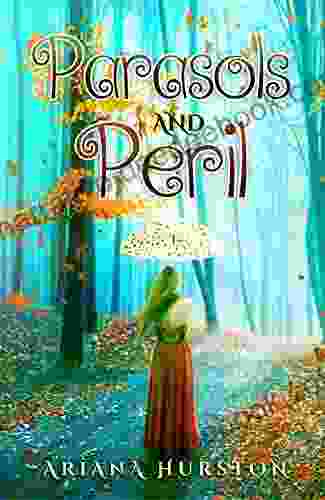
 Dallas Turner
Dallas TurnerParasols and Peril: Adventures in Grace
In the quaint town...

 Caleb Carter
Caleb CarterFlight Attendant Joe: A Dedicated Professional in the...
Flight Attendant Joe...

 Jerry Ward
Jerry WardPick Lottery The List For 23 States August 15 2024
The Pick Lottery is a multi-state lottery...
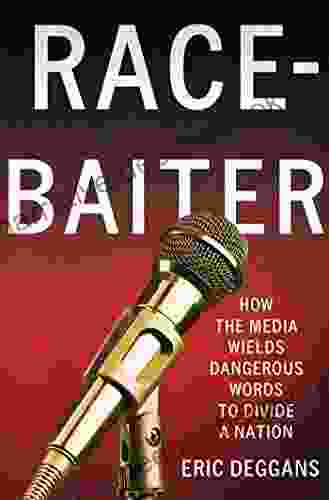
 Hudson Hayes
Hudson HayesHow the Media Wields Dangerous Words to Divide a Nation
In a world where the media is...

 Curtis Stewart
Curtis StewartThe Magic Mala: A Story That Changes Lives
In the realm of ancient traditions and...

 Raymond Parker
Raymond ParkerEarthly Meditations: A Poetic Tapestry of Nature,...
In the realm of contemporary...
5 out of 5
| Language | : | English |
| File size | : | 774 KB |
| Text-to-Speech | : | Enabled |
| Screen Reader | : | Supported |
| Enhanced typesetting | : | Enabled |
| Word Wise | : | Enabled |
| Print length | : | 215 pages |


